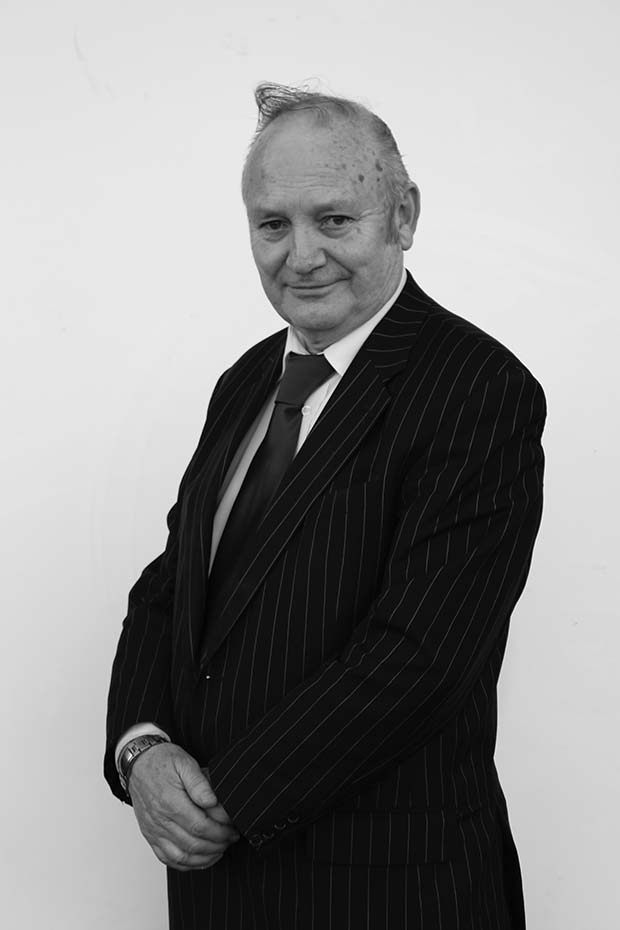As with any form of powered lifting, good training and equipment quality are essential to get the best, safest results, but because there are so many variations in the lifting machinery there are risks for the unwary. Take, for example, Mobile Elevated Work Platforms (MEWPs) which comprise four main groups. Operators trained on one group are not qualified to operate all categories and so they would need to do suitable conversion training. Given that these MEWPs can be lifting personnel and tools up to 40 mt high, employers should also conduct on-the-job risk assessments to determine the most suitable machines to use and make sure that they have protective personnel equipment, such as restraint harnesses and hard hats because operators have been known to fall out of their work platforms.
 Good training, however, should be buttressed by product quality. There are, for example, dangers from buying extremely cheap, imported hoists, slings and lifting equipment. Poorly designed and made lifting equipment can present a major risk to health and safety.
Good training, however, should be buttressed by product quality. There are, for example, dangers from buying extremely cheap, imported hoists, slings and lifting equipment. Poorly designed and made lifting equipment can present a major risk to health and safety.
This is not to say that a very cheap price means the lifting device is unsuitable but buyers must take into account the tasks it will have to perform. Relying on the presence of a CE mark does not in itself protect the company concerned from legal action if equipment failure is implicated in an accident. This is where product quality matters. There should be an adequate safety factor built in to the design, allowing for wear, impact, dynamic loading and accidental overloading.
There is also a good economic reason for avoiding sub-standard lifting gear. Low cost products typically have a much shorter life and are not as tolerant of accidental abuse. The need for more frequent examination, inspection and maintenance can quickly wipe out any savings in terms of the initial purchase price. Hoist maker Kito explains how quality issues help its customers. The less movement that there is on the hook during ascent and descent means a lot less wear on the hoist and that derives from the inverter, and Kito claims to be the only maker offering an inverter as standard. It also says it is the only hoist maker to nickel-plate its load chain, raising resistance to water, diluted acids and salty air. The hoists come with built-in overload protection.
The heavier the lifting load the greater the damage potential from accidents. As Britain’s largest crane and hoist maker, Street Crane has 70 years’ experience of lifting jumbo size and weights with their goliath (portal) cranes for outdoor use and their EOTs for indoor work in factories and specialised warehouses. Often controlled by remote, radio, joystick handsets, they can include additional features like audio and visual alarms which work continuously during travel. Weather covers, additional travel and braking capacity plus a special structural paint system all help to ensure the cranes can be used safely outdoors with minimal maintenance and long life expectancy.
Some premises can employ many different lifting devices outside of forklifts, all requiring different maintenance issues, safety inspection times and legal compliance requirements. Keeping track of all that can be an administrative nightmare and less efficient than appointing an outside company familiar with all lifting equipment issues. Details on such service providers can be had from bodies like ALEM and BITA.




Comments are closed.